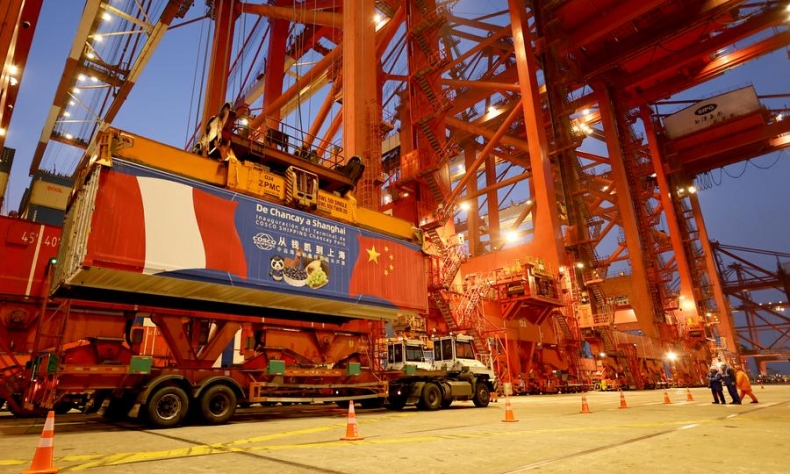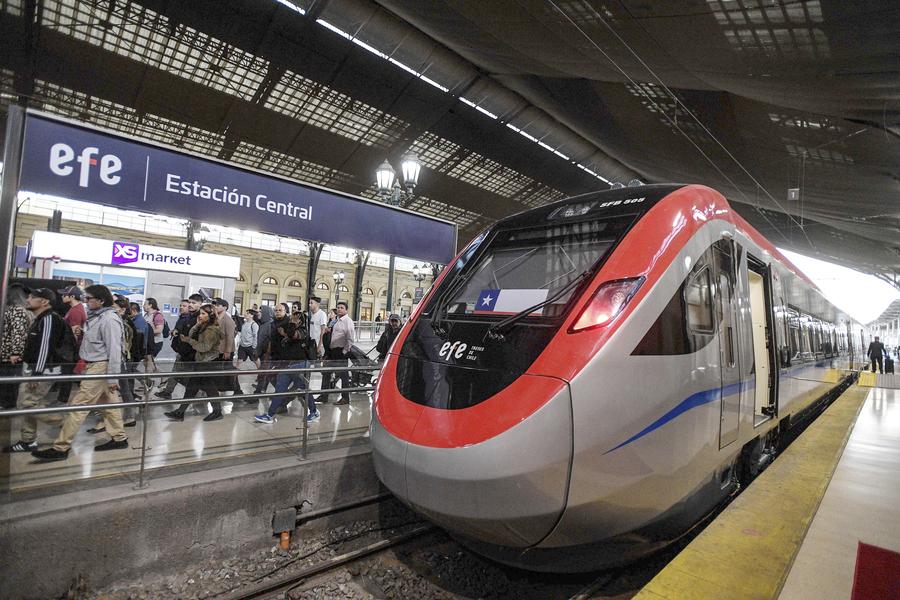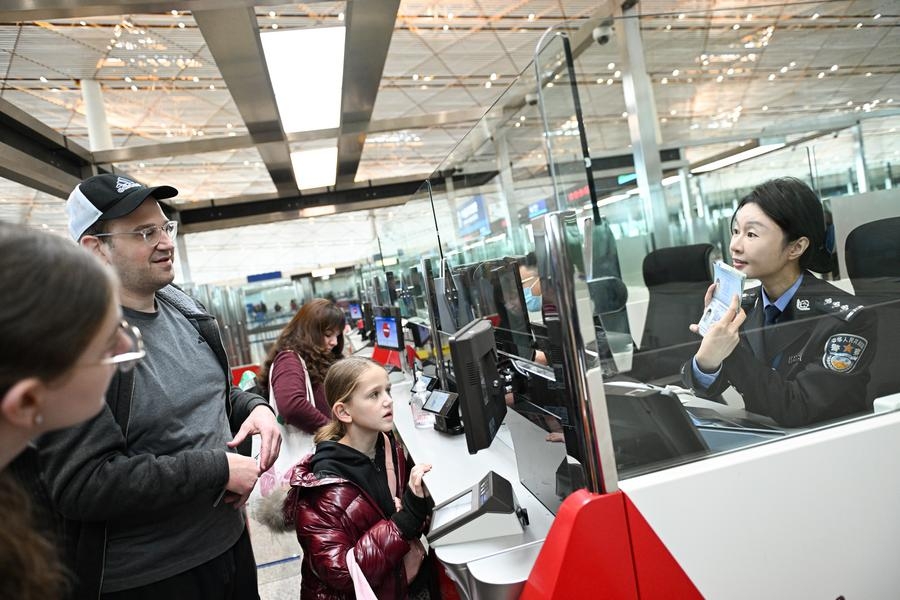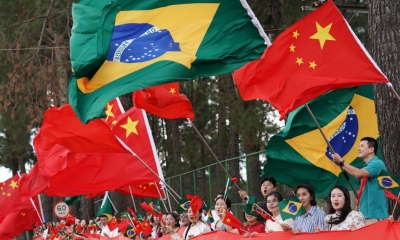Towards a Brighter Future for China-Latin America Relations

Both China and Latin America need to take joint actions to further promote the bilateral relations.
One of the most spectacular events of Chinese diplomacy this year is definitely the fourth ministerial meeting of the China-CELAC (the Community of Latin American and Caribbean States) Forum held in Beijing on May 13. Chinese President Xi Jinping delivered a keynote speech at the opening ceremony of the meeting. He announced that China stands ready to join hands with our Latin American and the Caribbean (LAC) partners to launch five programs that “advance our shared development and revitalization and contribute to a China-LAC community with a shared future”. The five ambitious and forward-looking programs aim to strengthen political solidarity, promote economic development, push for civilization exchanges, protect world peace, and expand people-to-people connectivity.
The fourth ministerial meeting also unveiled a joint action plan for 2025-2027. It covers all areas of bilateral cooperation, ranging from anti-poverty to anti-corruption, from climate change to cyber-security, from investment to innovation, from political trust to people-to-people exchanges, and from technology to trade.
However, turning the action plan into concrete results is easier said than done. As the plan is tantamount to a road map, both sides need to take more tangible measures in implementation. To materialize all the grand objectives announced in the Joint Declaration, efforts must be redoubled.
Promoting bilateral relations is a two-way street. On the Chinese side, it is necessary to keep on making investments in Latin America, not only in infrastructures but also in high-tech, manufacturing, agriculture, etc. At the same time, China needs to open the market more widely for Latin America’s non-traditional products.
For Latin America, in order to attract more Chinese investment, it is highly necessary to improve the investment environment by reducing the “country risks”. According to the World Bank’s “Doing Business Ranking”, the best country in Latin America is Chile, standing at 59. Many others are above 100. This kind of investment environment is not good for Chinese investors.

China’s market is enormous, offering lots of opportunities to foreign products. However, it is also competitive. To enter and succeed in the Chinese market, you need to enhance the competitiveness of your products.
Some Latin American countries always complain that the trade balance is not in their favor. Therefore, they wish that China should buy more from them. The question is what Latin America can sell to China apart from the traditional products.
Both China and Latin America need to take joint actions to further promote the bilateral relations, and overcome the impact and interference of the “U.S. factor” in a subtle way. Indeed, as early as at the beginning of China’s economic presence in Latin America, the U.S. started to show concern over or even vigilance against the development of the South-South cooperation across the Pacific. The U.S. tried very hard to drive a wedge between China and Latin America. It also used “carrot and stick” tactics to discourage Latin American countries from moving close to China. Apparently, the purpose of the U.S. to launch “America Crece Program” (Growth in the Americas) in 2019 and the Americas Partnership for Economic Prosperity Crece America in 2023 were believed to counter-attack the influence of China’s Belt and Road Initiative (BRI) in Latin America.
This kind of “carrot” matches well with the “stick”. President Trump said that the U.S. would “take back” the Panama Canal with a “powerful” action. No wonder Panama decided to withdraw from the participation in the BRI, and the Hong Kong firm CK Hutchison announced that it would sell its controlling interest in two ports in the Panama Canal zone, along with many other ports around the world.

Dealing with the impact of “U.S. factor” on China-Latin America relations is no easy task. On the one hand, Latin American countries might heed the advice of Jorge Heine, former Chilean ambassador to China, to seek an “active non-alignment” option in the confrontation between the U.S. and China; on the other, efforts should be made to create a kind of triangulation of cooperation among the business sectors in China, the U.S. and Latin America so that there would be a win-win-win for all the three parties.
Another joint action to be undertaken by both sides is to strengthen mutual understanding. Due to the language barriers, geographical distance and differences in political, economic and social systems, not many Chinese people know much about Latin America, and the same is true for Latin America about China. The joint action plan for 2025-2027 suggests many ways to strengthen mutual understanding. For the time being and even in the near future, efforts need to be redoubled to promote tourism. China has decided to grant visa-free entry to citizens from Brazil, Argentina, Chile, Peru, and Uruguay as part of its effort to facilitate cross-border travel and strengthen people-to-people exchanges. This is certainly a welcome gesture.
In Latin America, there is a well-known proverb: Quien tiene un amigo, tiene un tesoro (Whoever has a friend has a treasure). It can be expected that China and Latin America will continue to treasure their friendship for generations to come.
The article reflects the author’s opinions, and not necessarily the views of China Focus.
 Facebook
Facebook
 Twitter
Twitter
 Linkedin
Linkedin
 Google +
Google +







